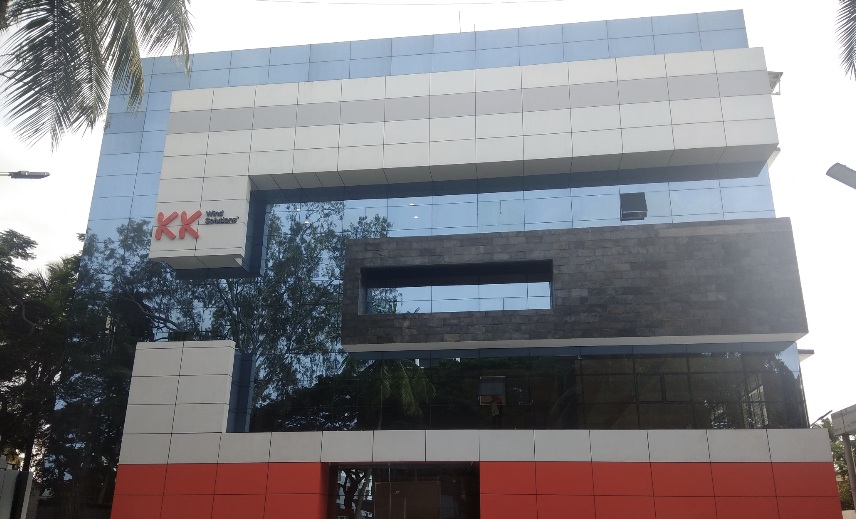After having served the Indian market indirectly, KK Wind Solutions, a leading global supplier of electrical systems for the wind industry, has established its direct presence in the country.
KK Wind Solutions’ Indian foray took birth after it acquired the control cabinet business of Bongfiglioli, as of September 1, 2017, through its newly-established Indian subsidiary KK Wind Solutions India Pvt Ltd. KK Wind Solutions has also established a new production and engineering site close to Bonfiglioli’s existing facilities. The new production and engineering facilities are situated at Yeshwantpur in Bangalore. All control cabinet production equipment is going to be transferred to the new building along with the highly skilled workforce currently working at Bonfiglioli’s control cabinet production facilities.
In an exclusive interaction with T&D India, Kenneth Damm Hansen, Marketing & Communication Specialist, KK Wind Solutions, confirmed that this would be the company first manufacturing facility in India. Discussing his company’s association with India, Hansen said, “Since we are a sub-supplier to some of the largest OEM’s in the world, we have indirectly served this market. However, our new establishment in India is also a strategic effort to support our customers on this high-potential market. Basically, we are continuously adapting our business to create to most value for our customers and to stay competitive.”
The new Indian facility of KK Wind Solutions will support the Asia Pacific market given that the company already has a large manufacturing facility in Poland, Hansen observed.
With the new established KK Wind Solutions India Pvt. Ltd, KK Wind Solutions expects to be able to service its large, global customers present at the Indian market with local production. Given that KK Wind Solutions provides a wide range of control systems to wind turbines, the Indian outfit also means access to production equipment and skilled people, said Hansen, when asked about how the Indian business would complement the company’s global operations.
Meanwhile, in July this year, KK Wind Solutions announced that it had developed “intelligent panels” for wind turbines. The rationale behind this was the increasing size and complexity of wind turbines. Higher vibration and loads call for more competitive control systems to reduce expensive down time, according to Kristoffer Qvist Nielsen, Head of R&D of KK Wind Solutions.
When asked about the intelligent controls, Kenneth Damm Hansen noted, “It is a strategic effort to stay as frontrunner within our field of expertise.” KK Wind Solutions is experimenting and coming out with innovative solutions in terms of smart-sensors and ultrasound monitoring of panels, combined with software algorithms and a software platform. “The novelty of the idea is to reduce corrective maintenance costs, by performing maintenance before an error occurs. Also this will be able to increase availability,” was how Hansen summarized the futuristic solution.
Dwelling more on the Indian market, Hansen said that the offerings will vary from new development to build-to-spec solutions. “Our main offering is high quality LEAN manufacturing. We are always looking to add more value to the solutions, by looking at performance improvements combined with cost-out initiative, by use of clever design and strategic sourcing,” expounded Hansen.
The Indian wind energy market has developed keen investor interest in recent months after the advent of the tariff-based competitive bidding mechanism that is slowly replacing the earlier feed-in tariff mechanism. Wind tariffs have fallen to sub-Rs.4 per kwh levels, and developers are keen on new technologies and project management practices to keep their capital costs low, so as to improve their return on investment.
Also See:

